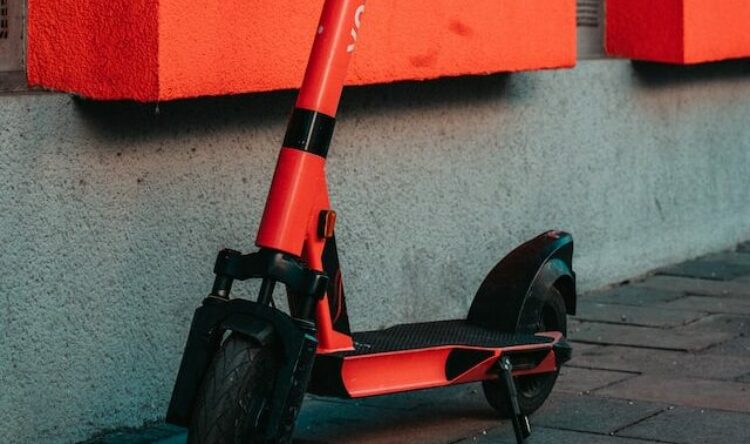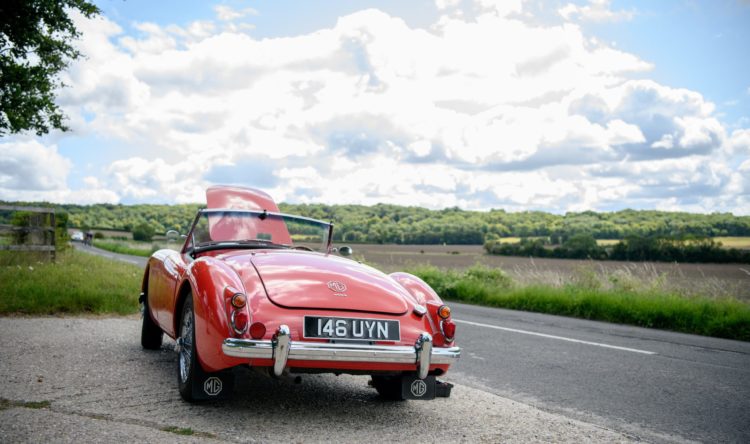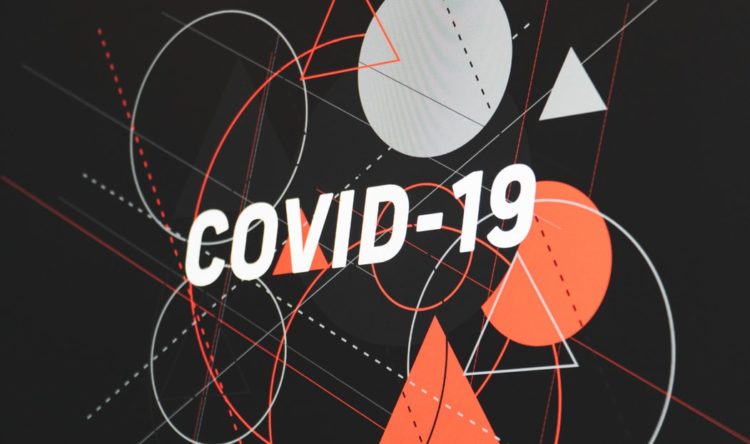Check out these frequently asked questions
From ADIs & PDIs from across the industry on a range of issues and topics
Invoking the spirit of our very own ‘Agony Aunt’ in the form of the lovely and well-versed Lou Walsh, we hope to provide solutions to your professional queries and answers to your industry questions.
Keys to Success
Instructor car: to buy or to lease? What’s best?
Chris, ADI
Answer: That’s such a personal choice and only you know what will suit you, your finances, your family needs and your preferences. You can find some great deals either way. First thing to do is make a list of the advantages and disadvantages of both paths, but don’t shy away from looking at good quality second hand cars as well. If leasing, research the contract. Some may include break down and car replacement, for example. Others may have strict mileage allowances that need to fit with your estimated usage. Also make sure you’re aware of the excess charged if returning a used car and what they deem is ‘general wear and tear’ and what you may be charged for. Some of the deals available on new cars are also great value, either through an instructor supply service or directly with a dealer. The added extras such as free dual controls, mats, roof vinyl or head up speed displays on top of the generally good instructor deals available may tempt you to buy. It is essential that you compare like for like, whether that is the options and extras, or insurance and interest rates. Also take into account tax penalties and benefits, maybe even being able to offset mileage or other expenses. Apart from the upfront costs, flexibility for your needs is an important factor. It’s a big financial cost, so take your time and understand your true practical needs.
In The Slipstream
When giving a dual carriageway or motorway lesson, would you include information about when and why you may need to stop on the slip roads, or even on the carriageway itself?
Mark. PDI
Answer: I think it’s important that we cover as many eventualities as possible. Having a need to slow and potentially stop, either on the slip road or the carriageway itself, is not that uncommon, so a conversation is the very least we should do. By referring to them as ‘acceleration lanes’ I think we can give a false impression. Any experienced driver knows there are many occasions when we need to alter our speed down
to match the queuing or stationary traffic we are about to join, rather than accelerating up. I might start a conversation with ‘What are the dangers of stopping on a slip road?’ After a discussion of all the good reasons NOT to stop, I would then ask something like… ‘So, with all that in mind, tell me when you may have absolutely no choice but to stop?’ This is a really interesting conversation to have and can be widened to include how we could keep ourselves safe if we did need to stop.
Controlling Success
If a pupil can’t complete the ‘Show Me’ question, do they just receive a ‘driver fault’ (minor)?
Matthew, ADI
Answer: If the pupil doesn’t know or can’t find the operation control, the examiner will ask them to pull up on the left to allow them to look whilst stationary. If they still don’t know, then the examiner will advise them and then ask them to complete the ‘Show Me’ exercise again while on the move, but recording it as a ‘driver fault’. It’s worth noting that in the 2018 DVSA test statistics, over 2,000 pupils received a ‘serious fault’ for the ‘Show Me’ question. So, if your pupil is unsure where the control is or how to operate it, I would be encouraging them to request to pull over and locate it rather than risk getting a serious fault for being distracted to the point of failing, particularly if panic has set in and this affects their driving.
Return To Go
I have a PDI who has approached me for training. He has just failed his third attempt at Part 3. How quickly can he start again and is there a minimum number of hours he’d have to complete if he chooses not to go on a trainee licence?
Charlotte, new trainer
Answer: As soon as the two years from the date he passed his Part 1 is up he can reapply. He would have to start the process again from the beginning, including the DBS and applying to the register. All three parts need repeating and passing. If he chooses not to take a trainee licence he is not governed by any rules or regulations with regard to the number of training hours he needs to take. He can begin studying for and go straight for his Part 3 test immediately. However, if he does choose to apply for a ‘Pink’ licence, any previously taken training hours cannot be counted.
If you are interested in finding out more about some of the courses Lou has to offer, visit her website – https://driving-instructor.site/







